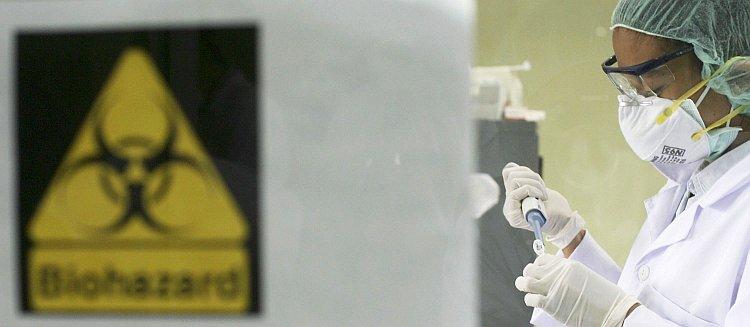Researchers recently made some worrisome discoveries about the future of bird flu, but a government bio-security panel doesn’t want details released to the public.
It’s no secret that the H5N1 Avian Flu virus can be deadly—of the 600 human cases of infection worldwide, 60 percent have been fatal. Luckily, bird flu rarely infects humans and does not spread easily among them.
But that could soon change. When the National Institutes of Health (NIH) commissioned virologists to research H5N1, scientists introduced a number of mutations to the virus. Researchers at the Erasmus Medical Center in Holland found that H5N1 could easily morph into a highly transmissible variant, and even witnessed how this takes place.
“We have discovered that this is indeed possible, and more easily than previously thought,” said Erasmus researcher Dr. Ron Fouchier in a statement last month. “In the laboratory, it was possible to change H5N1 into an aerosol transmissible virus that can easily be rapidly spread through the air. This process could also take place in a natural setting.”
According to Fouchier, the discovery is important because it could help prevent a severe pandemic. “We now know which mutations to watch for in the case of an outbreak and we can then stop the outbreak before it is too late,” he said. “Furthermore, the finding will help in the timely development of vaccinations and medication.”
Similar findings were reported from a University of Wisconsin study, and both research teams have submitted papers to journals for publication. But the U.S. National Science Advisory Board for Biosecurity (NSABB) wants authors and journal editors to reconsider how the information is presented.
“Due to the importance of the findings to the public health and research communities, the NSABB recommended that the general conclusions highlighting the novel outcome be published, but that the manuscripts not include the methodological and other details that could enable replication of the experiments by those who would seek to do harm,” stated an NIH press release on Dec. 20.







